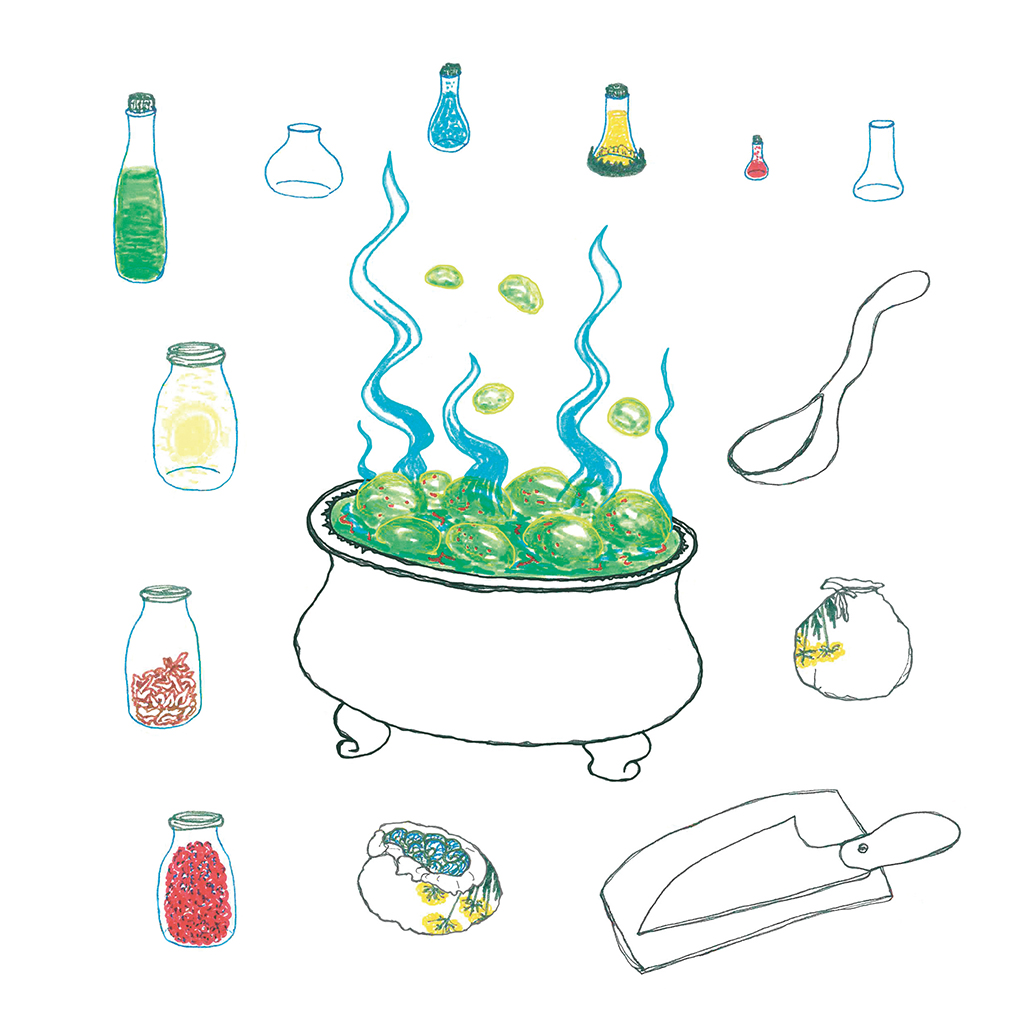 When I teach a cooking class, work with a Culinary Personal Training client, or even present lectures or classes to Healthcare Professionals who are seeking to become confident enough to prescribe more home cooking to their patients, it’s 99% likely that at some point in that session, I’m going to compare Cooking to Chemistry.
When I teach a cooking class, work with a Culinary Personal Training client, or even present lectures or classes to Healthcare Professionals who are seeking to become confident enough to prescribe more home cooking to their patients, it’s 99% likely that at some point in that session, I’m going to compare Cooking to Chemistry.
In the early 1900s, chemistry sets were encouraged as “playthings” so boys would become interested in a career in science. They did contain things like cyanide, uranium dust, radioactive substances, dangerous acids, poisonous ingredients that we now use in pesticides, chemicals now used for bomb-making. In the 1960’s the Federal Hazardous Substances Labeling Act put an end to some of the more explosive, dangerous substances that had been included in chemistry sets for children.
I had a chemistry set when I was a pre-teen girl in the ‘60s. It became my favorite “toy”. I recall having fun combining Vinegar and Baking Soda into a little plastic “rocket” that came with the set, and not only did it launch when the 2 (harmless) substances combined, but I stuck a pin into the head of the rocket and was thrilled when it was such a successful launch that it stuck into the ceiling of my bedroom. I was also very happy to be able to combine a couple of the solutions in the set, to change liquid from clear to purple. Other chemicals would bubble, steam and fizz when combined. Once, I surprised myself as a combination of substances from my own chemistry set suddenly burst into flame when combined in a petri dish. These “experiments” were fun, educational and usually harmless. As I look back at these fond memories, I’ve discovered that as a Chef, Health & Wellness Coach and Culinary Personal Trainer, I’ve (unintentionally) been heavily involved in a Chemistry and Science career.
I did some research on the history of Chemistry Sets for Kids and some interesting and surprising things came up:
- According to Smithsonian magazine, a surge in the sale of Chemistry Sets for Children occurred Post Depression because parents wanted to ensure their children could have a stable job and a good salary. A career in Science/Chemistry could be an excellent option.
- After World War II, there was a rush in the need for scientists who would become involved in the Space Race, the invention of the Polio vaccine, the invention of the Transistor. There was the discovery of the structure of DNA. Science was a well-respected and important field.
How does this fit into the simple, daily tasks of Cooking? Technically, one of the terms is “Molecular Gastronomy” but what it boils down to (no pun intended, “boiling” and all) is: “the scientific discipline concerned with the physical and chemical transformations that occur during cooking”, for example:
Why does a Custard “gel”? Why does a Souffle get “puffy”? Why does a cooked egg become firm?
BUT there are many more physical transformations (chemical reactions, if you will) that occur during cooking:
Maillard Reaction/Maillard Effect – reducing sugars and proteins by the impact of heat creates “browning” on the food.
For example – toasting marshmallows, baking crispy cookies, searing meat
Reduction: When a liquid (soup, sauce, etc.) is simmered – a low boil – the steam results in the water escaping, thus “reducing” the volume in the saucepan, but also concentrating the flavor. The concentrated liquid, if simmered long enough can also become thicker.
Other interesting Culinary tricks that are related to Chemistry:
- When fresh fish has a strong smell, why does a little “milk bath” reduce the odor?
- Why does a spritz of lemon juice stop fruit from getting brown?
There’s much more to the Chemistry in your Kitchen than I’ve listed here. This is just a little information that I hope will tantalize you and tease your appetite. The bottom line in most of the Culinary Personal Training and cooking classes I teach, goes something like this:
“As long as you’re using edible ingredients and safe food storage techniques when you cook or construct food, it will not poison you”. That sounds extreme, but I trust you to use your common sense. After that, it’s all about becoming confident, creative, having fun. Experiment. Learn. Get your children – and your skeptical (picky?) -family-members involved in all aspects of the cooking you do. Experimenting in the kitchen is always an adventure and kids usually love it! And as home cooks, the more comfortable you all become in the kitchen, the more likely you’ll enjoy it and will do more of it. Use real, fresh food and experiment with the techniques, the flavors, colors, shapes, textures. It’s like Art and Science combined. What could be more fun?
A final note – studies prove that when your children learn to shop and cook when they’re young, they will likely enjoy and consume a larger variety of whole, unprocessed and un-refined ingredients on a regular basis. They will also become confident in the kitchen and will cook most of their meals at home. Home cooking has been proven to reduce the risk of chronic diseases, results in lower body fat percentage and better dietary quality. There is no down-side to eating well, enjoying your meals and confidently and happily preparing those meals in your own kitchen.


